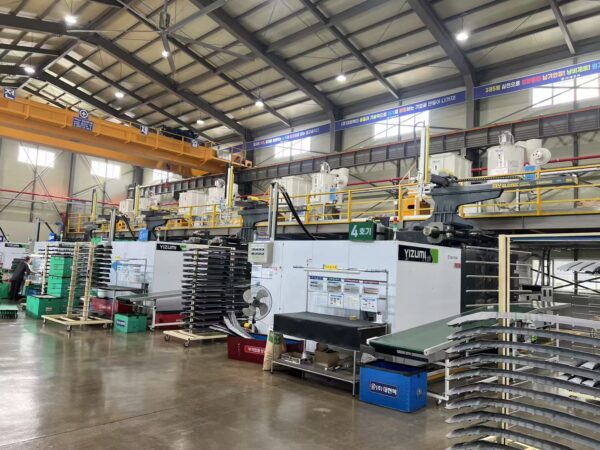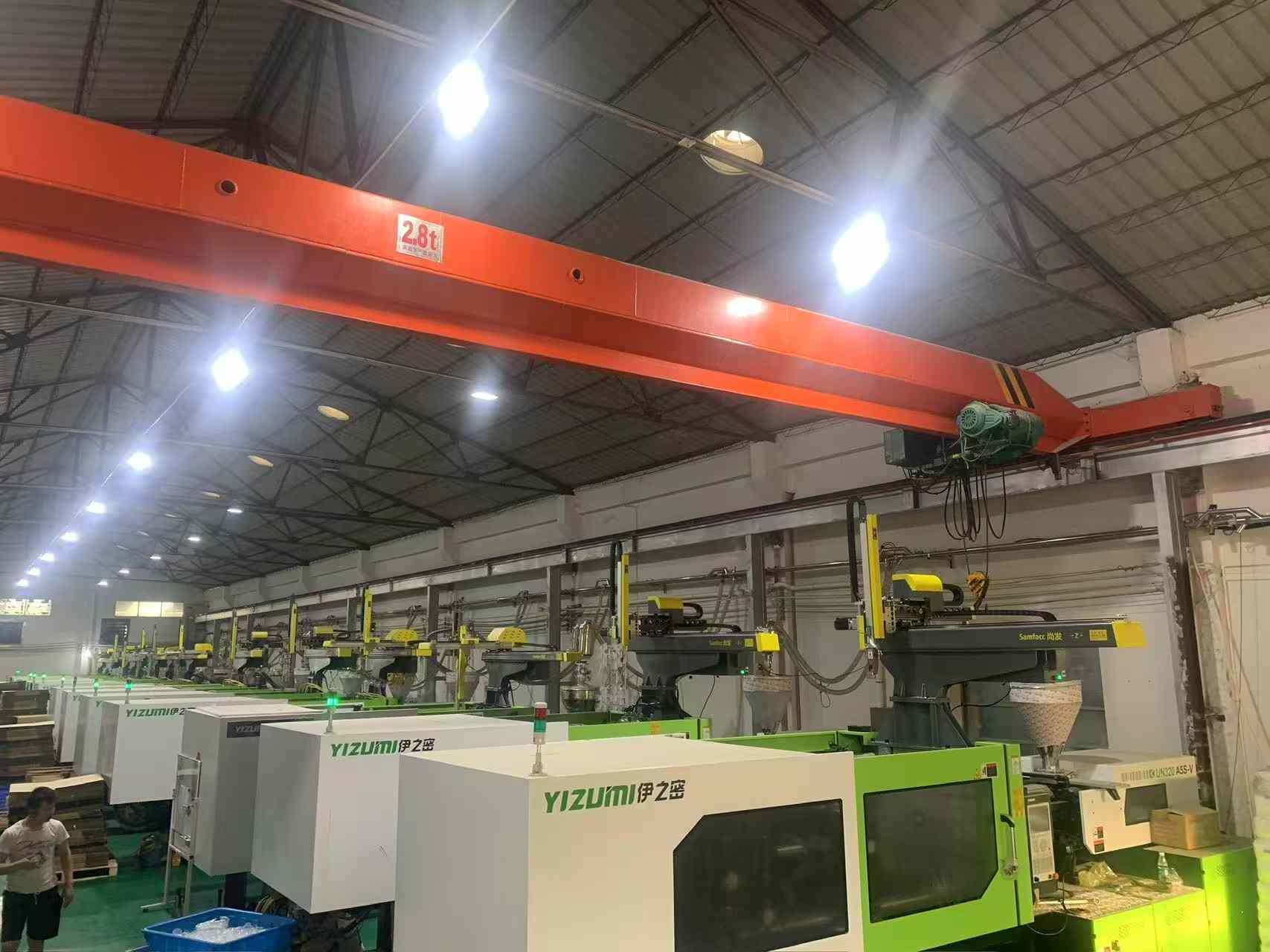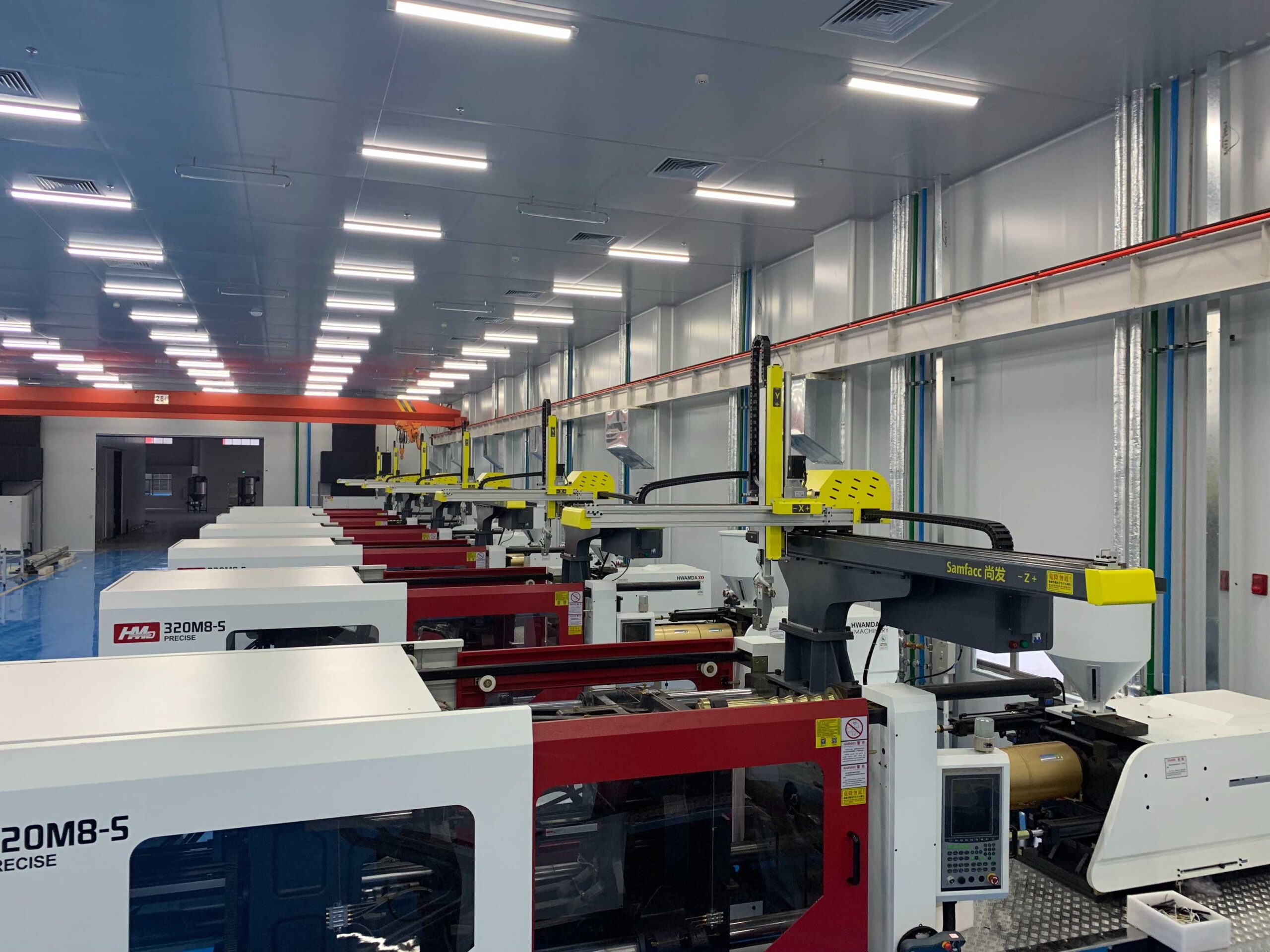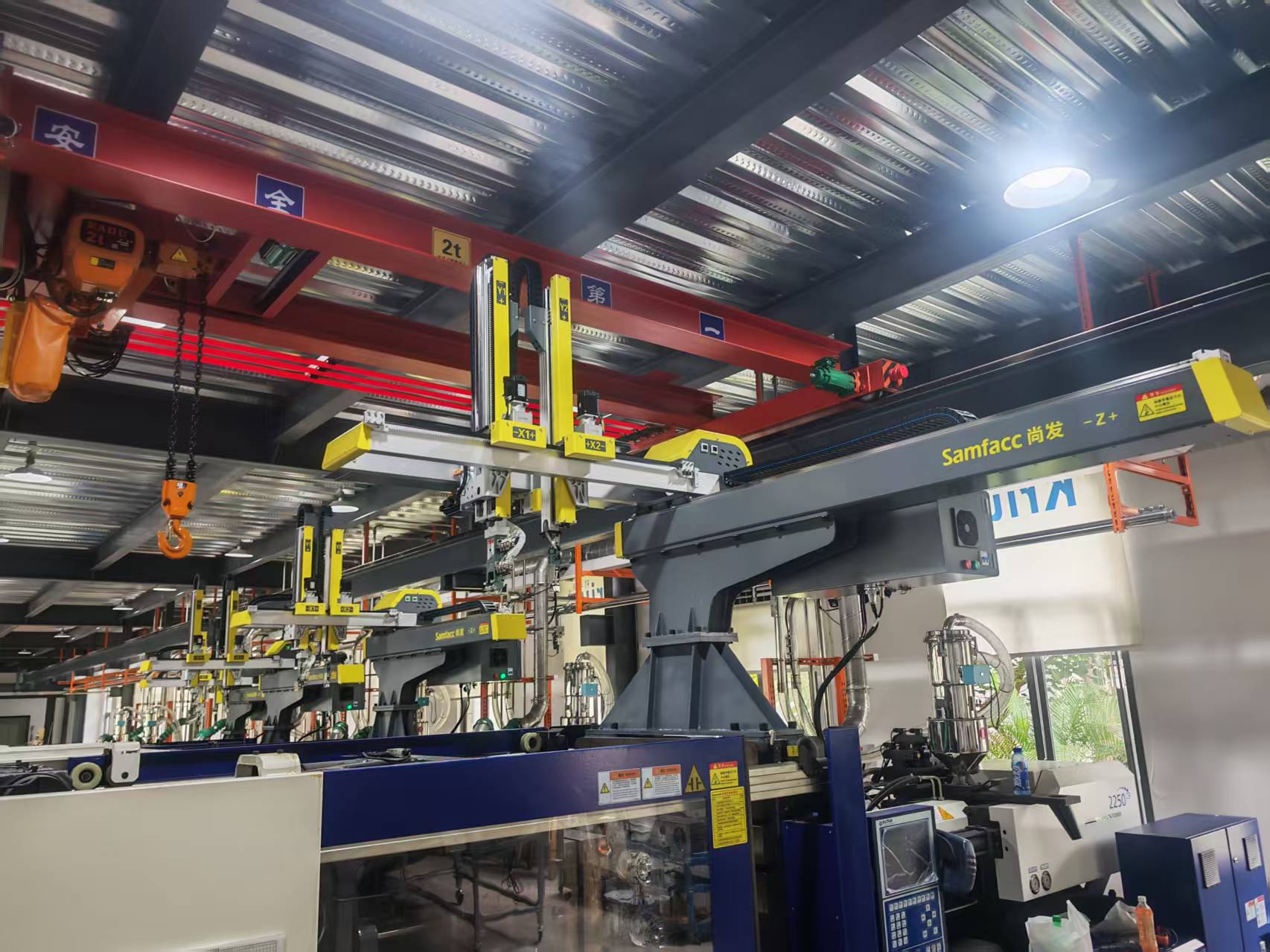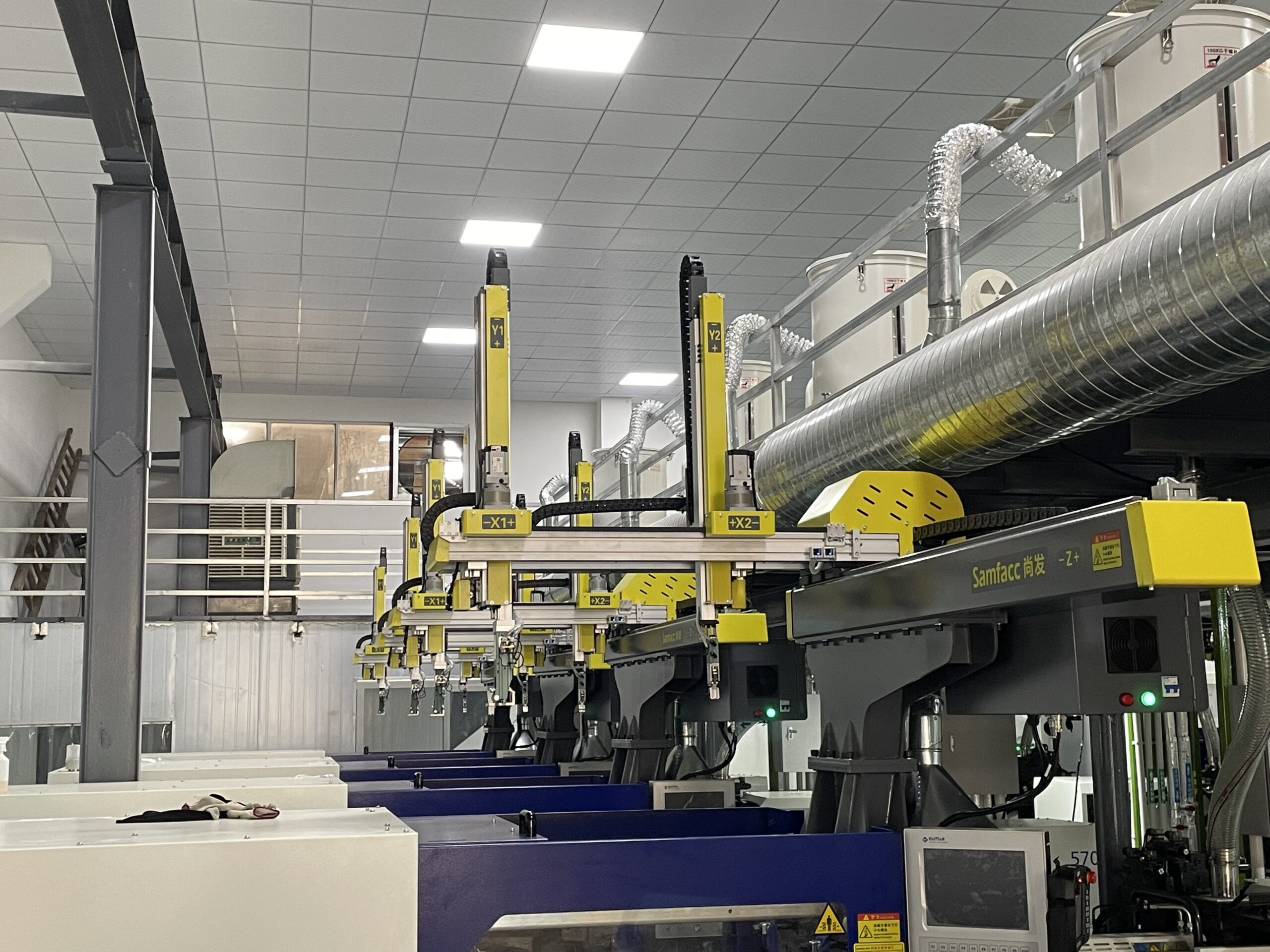Steps to Integrate Collaborative Robot Arms in Automation
For many small and medium manufacturers, the idea of bringing robots into an existing automation assembly setup feels like a big leap. The cost seems high. The training seems hard. The fear of downtime also looms large. But when done right, a collaborative robot arm can add real value. It works side by side with your team. It takes on the repetitive tasks. It makes your process more stable.
If you’re thinking about adding one, this guide can help you take clear steps forward.
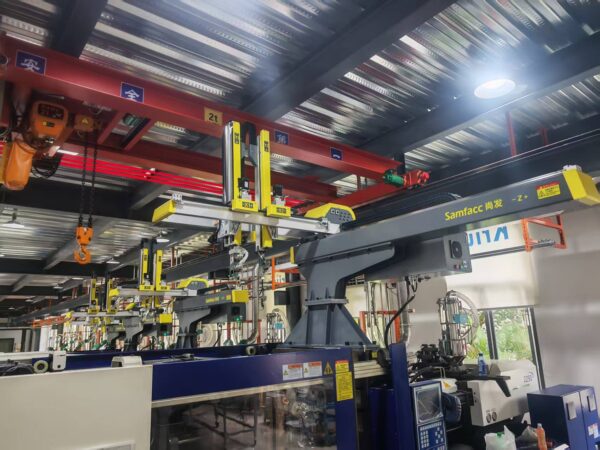
Start with a Clear Goal
Before buying anything, define what the robot should do. Are you looking to reduce labor strain? Improve speed? Boost consistency? Many people jump into automation assembly without a clear target. This causes wasted time and poor outcomes.
Pick one task. Make it small. Choose something repetitive. A collaborative robot arm works best in jobs like pick-and-place, light assembly, packaging, or screwdriving. These tasks benefit from a robot’s precision and allow your human team to focus on judgment-based work.
Assess Your Current Workflow
Once you pick a task, look closely at how it works today. Map the movement. Measure the time. List the tools. Watch how workers handle materials. This helps you see what the robot will need to do.
At this stage, involve both your engineering and operations teams. They can spot technical gaps. Maybe you’ll need new grippers or a new layout. Maybe the lighting or table height needs adjusting.
A collaborative robot arm needs space. It also needs stability in input and output flow. So look at material storage and movement too.
Choose the Right Collaborative Robot Arm
Collaborative robots differ in reach, payload, speed, and control system. For example, if your task involves picking small parts from bins, you need a model with vision sensors and good precision. If your task needs some push force, the payload spec matters more.
Check the compatibility of the robot with your current automation assembly system. Will it fit with your PLC? Can it run with your conveyor? Does it need a separate controller or training unit?
It’s also wise to look at support and software. A good vendor offers both. If the robot software has drag-and-drop features, it becomes easier for your team to learn.
SAMFACC High‑Speed Robot (SFK Series)
When you install our solutions like the SAMFACC High‑Speed Robot (SFK Series), you bring agility and precision to your production line. This robot completes a full cycle in just 2.8 seconds and delivers materials in only 0.6 seconds. It’s especially effective for thin-walled parts, where speed and stability matter most. The SFK Series features a dual-arm, multi-axis servo design that ensures smooth, accurate motion across repetitive tasks. It integrates well into injection molding systems and helps reduce manual labor while improving consistency. In many production environments, this robot boosts overall efficiency by more than 30%. Its build quality, responsive control, and clean stacking performance make it ideal for high-volume use. If your goal is to streamline operations, reduce errors, and save time, this robot is a reliable choice. Whether you’re upgrading existing lines or building new ones, the SFK Series meets the demands of modern automation assembly and helps you stay ahead of industry shifts.
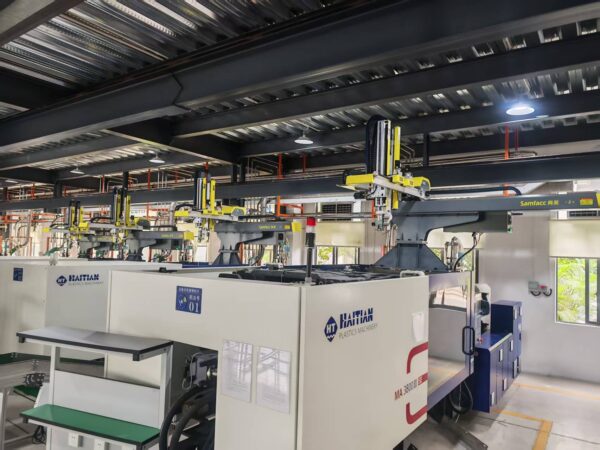
Scale Smartly
Once the robot performs well, you can add more units or expand its tasks. But do it slowly. Add one more at a time. Watch the results. Keep improving.
Many successful manufacturers start with one collaborative robot arm and later grow to several across different lines. It spreads risk and gives time for teams to adapt.
Adding a collaborative robot arm to an existing automation assembly line doesn’t have to be complex. The key is to plan with care, test in small steps, and involve your people. With the right approach, cobots can lift both your efficiency and your team’s potential. Please get in touch with Samfacc as soon as possible.


